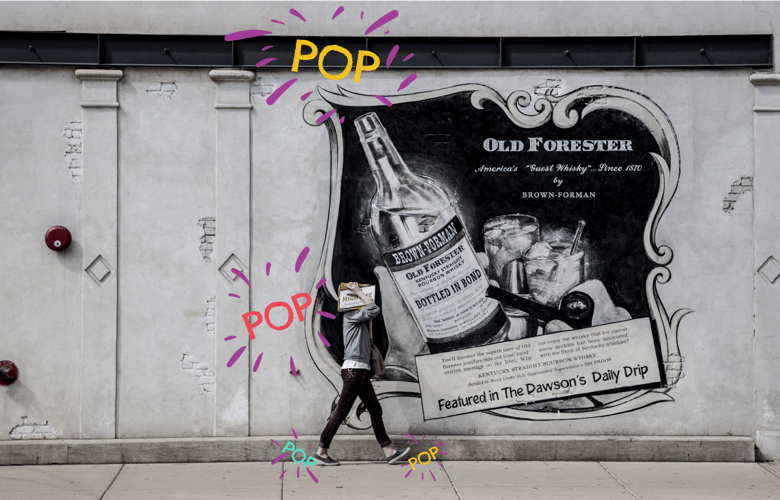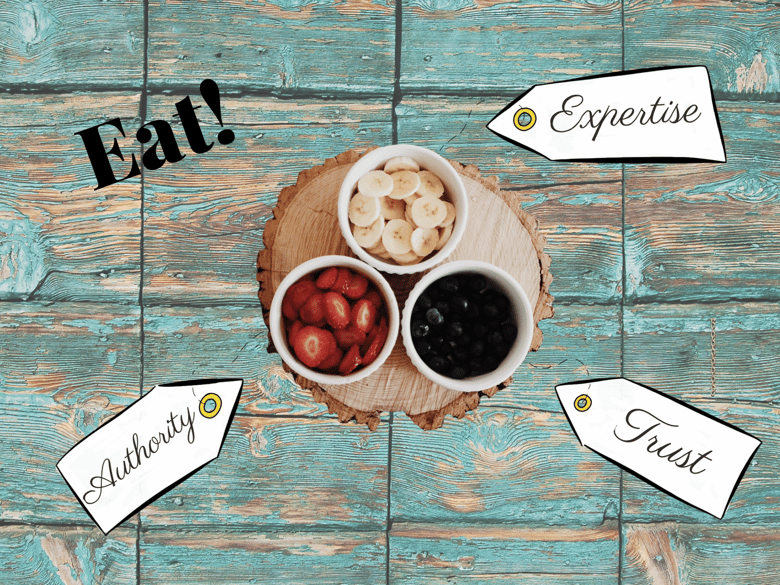
Those who work closely with the public are usually highly concerned about the image of the texts on their website and for their business, making sure that there are no spelling mistakes, that the best keywords for SEO have been included, and that the message is clear and concise.
We feel satisfied when we look at our content, catalogues and product information, like when we see the recently-tiled work on a façade, and whisper: "That's real quality...!"

But... are you sure your content is really good quality? It may seem so, especially after so much effort. Turn around... although you won't see anyone, some experts have leaned on your shoulder at some point and just decided if your content is good quality or not. They appear silently without any notice, and determine the destiny of the online positioning of your business.
This is how the revisions of quality are carried out by Google, and their team of anonymous analysts. Unfair? Perhaps so, but fortunately you can read their guidebook and discover which criteria they follow to establish their judgements. And as it's a heavy volume, which makes it difficult to find the patience and time (unless you're a crusader knight condemned to watch over it for all eternity), we'll whittle down the key points that you must keep in mind, if you want to satisfy Google and receive the seal of quality for your online content.
Before anything else, Google classifies websites into three categories: low, medium and high quality. We are going to focus on high, and very high quality because this is what we want your business to aspire to. This analysis applies to the main and secondary content, and adverts on websites (for mobile searches, Google has other specific guides, which we'll talk about on another occasion). And although these guides are universal, there actually isn't a model for quality that can be copied, since the quality depends on each content serving its purpose, however varied it may be.
1. Honest and Precise Links
One of Google's first points of analysis for quality focuses on the relation between a URL and the content it presents. In that sense, users must never be cheated or misled, as this happens sometimes during advertising campaigns, search engine results and other clickbaits that offer browsers a different result from what they were expecting. Take care of the links that lead to specific and well elaborated landing pages, instead of continuously redirecting users to the home page of your website.
2. Intention Over Objective
The measurements of quality are clearly divided between what a website wants to achieve, and through which kind of attitude it pursues. For example, it's totally valid that your business wants to sell products or services, to share information, opinions, images, videos or software, and to entertain or offer a dialogue platform among users. The suspicion (and low scores) start to appear when it's obvious that you're using dishonest strategies to make fast money, instead of helping your customers. And this task is not just carried out by Google: the European Union performs annual revisions in different sectors of the World Wide Web with consequential reports if any malpractice is found. 
3. Businesses in the Spotlight
Much severer criteria is applied to some areas than others, due to the influence that they may exert in the important and delicate fields of the users' lives. This will affect you if your business is related to medicine, law, finance, news media... and yes - this also applies to e-commerce.
If you have an online shop, take into account that all these regulations will be revised with a much larger magnifying glass for your web content. For example, it will be particularly valued that the shop provides thorough product information, which is not copied from other sources, and offers varied product options including user reviews for each product, the sale of unique products, and shows detailed customer service and contact information.
4. Moderated Ads
To include ads or pop-ups on your website, doesn't imply that you're going to receive a bad mark directly. Although advertising isn't very popular, selling is a legitimate and routine objective, providing that it doesn't annoy users while browsing.
What's important is that the ads are orientated to the content, and not the other way around. This is why your content must be the result of a big research effort, and convey experience in their field, talent and abilities.
5. Hide-and-Seek: Prohibited
Google values any website that clearly shows who its authors are, and which person, team or public and/or private organisation are behind the site. Due to the frigidity of the online medium, users need information that transmits trust and humanity. It must be easy to find information on the creators or founders, the history of the website or company, contact details and customer service information, if necessary.
In the case of an online shop, you will be penalised if you do not include a section with detailed information on your policy for payments, exchanges and returns.
6. The Influence of User Opinions
When evaluating the quality of your business, Google isn't going to settle with what you have to offer in your shiny new web inbox, as it will also take into account the ratings and reviews made by customers, users and experts on other websites, blogs, forums and platforms. The prizes, recognitions and positive statements by authorities in each field increase the level of quality, but this isn't within the reach of all businesses. This emphasises the importance of keeping up to date with what is said about you, and where, since it will allow you to use it in your favour by highlighting the positive, and to quickly offer an apology, or to mediate in negative feedback.
It doesn't matter if you have a small business and you are just starting; Google does not penalise the size or the impact of a website, nor if a site still has to form a reputation.
7. EAT!
This criteria usually derives from a large quantity of quality content, detailed information provided by the website, its activity, and a very positive reputation. In conclusion, in order to achieve a quality status, you must be able to see that there is a person, or an expert team behind your content with accurate sources and constant updates (so, in your online shop, it is vital to keep the product information in order and up to date, which is why a PIM system is the best tool). In the case of an online shop, it also contributes to the perfect operation of purchasing processes.
The higher the level of Expertise, Authoritativeness and Trustworthiness (EAT) of your website means that your site will reach a higher rank of quality, which can reach up to the highest possible quality level, according to Google.



.png?width=520&name=Blog%20Partner%20(3).png)

.png?width=520&name=Blog%20Partner%20(1).png)


